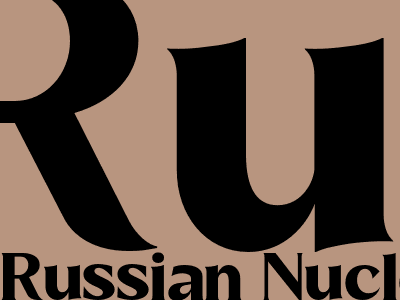
Russian Nuclear Power: A Comprehensive Guide
Introduction
Russia, the world's largest nuclear power producer, plays a pivotal role in global energy security. With an installed nuclear capacity of 29,600 megawatts (MW), Russia's nuclear power industry provides approximately 20% of the country's electricity. This blog post will delve into the multifaceted nature of Russia's nuclear power sector, exploring its history, technological advancements, challenges, and future prospects.
History of Russian Nuclear Power
Russia's nuclear power journey began in the 1950s with the construction of the first nuclear reactor at Obninsk, a city south of Moscow. In 1973, the country's first commercial nuclear power plant went online in Sosnovy Bor, Ленинградская область. Since then, Russia has built 38 commercial nuclear power plants, with the latest addition being the innovative floating nuclear power plant, Akademik Lomonosov.
Technological Advancements
Russia has made significant technological breakthroughs in nuclear power generation. The country's nuclear power plants utilize a range of reactor designs, including pressurized water reactors (PWRs), boiling water reactors (BWRs), and fast neutron reactors (FNRs). Among these, PWRs are the most widely used, accounting for over 90% of Russia's nuclear power capacity. Additionally, Russia is exploring advanced reactor technologies, such as the small modular reactor (SMR) and the traveling wave reactor (TWR).
Challenges and Opportunities
Despite its technological prowess, the Russian nuclear power industry faces several challenges. These include concerns about nuclear waste management, the need for modernization and upgrades, and the geopolitical implications of its dependence on nuclear power. However, Russia is actively addressing these challenges by investing in waste treatment technologies, extending the lifespan of its nuclear power plants, and promoting international cooperation in nuclear safety.
Future Prospects
Russia's nuclear power sector is poised for continued growth and development. The country's ambitious energy strategy aims to increase its nuclear power capacity to 34 gigawatts (GW) by 2030. This expansion will involve the construction of new nuclear power plants and the modernization of existing ones. Additionally, Russia is exploring the export of its nuclear technologies to other countries, strengthening its position as a global leader in the nuclear power industry.
Conclusion
Russia's nuclear power sector, with its decades-long history, technological advancements, and future prospects, plays a crucial role in the country's energy security and global energy supply. As the world transitions towards cleaner and more sustainable energy sources, nuclear power is expected to remain an important part of Russia's energy mix for years to come.